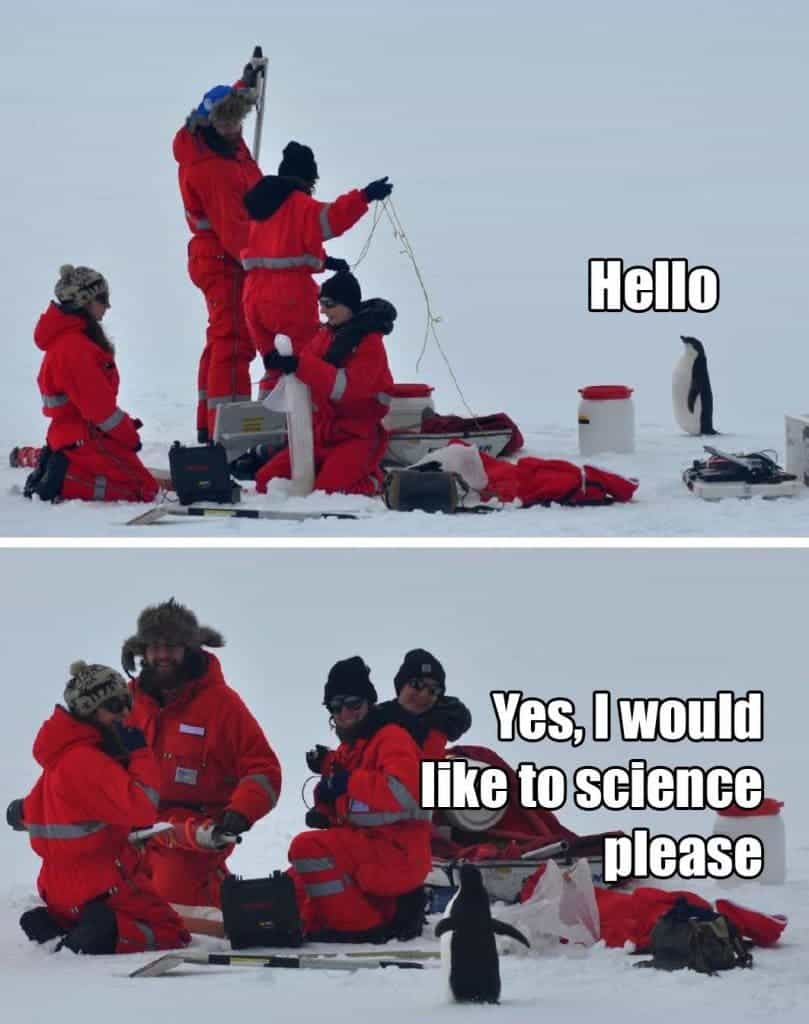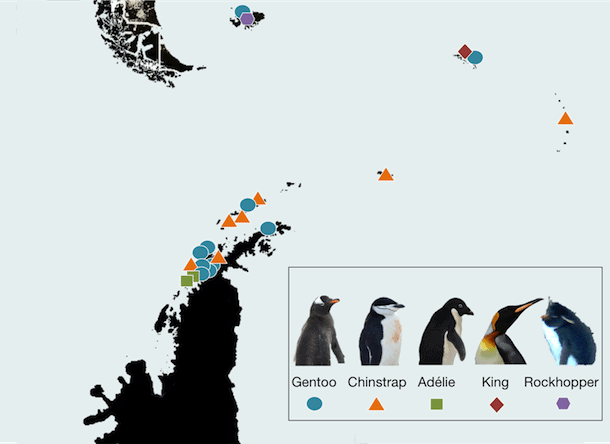
As scientists from all fields have access to more and more data, a new problem emerges: someone needs to analyze all this data. But there simply aren’t enough time resources to go around, so scientists have adopted another approach: citizen science. Citizen science, also known as crowd-source science is science conducted by amateur or non-professional scientists. In this particular case, UK researchers installed over 100 cameras near penguin territories in Antarctica and its surrounding islands to see how the little penguins are dealing with climate change. With each camera taking a photo daily, there are thousands of photos every day, and not enough people to look at them.
Lead researcher Dr Tom Hart is also encouraging school groups to adopt their own colony – following and monitoring its progress and “learning about Antarctica along the way.” They started the project a while ago, but didn’t had a lot of results with it.
“We’ve been really good at engaging people, but we’ve not been that good at feeding back,” he told BBC News.
So now, they’re launching “PenguinWatch 2.0,” where you also get to see the results of what you’re doing.

“We can’t do this work on our own, and every penguin that people click on and count on the website – that’s all information that tells us what’s happening at each nest, and what’s happening over time,” said Dr Hart. “The new part is that people will be able to see [the results of] what they’re doing.”
The team will integrate climate, pollution, and fisheries research from the area, to figure out how changing conditions are affection penguin populations. Penguins are particularly important due to their position in the ecosystem.
“As top predators, penguins are considered sentinels of changes within their ecosystem,” the PenguinWatch website explains. “Because penguins spend the majority of their life in water and fall at the top of the food chain, any variations in their populations may represent larger changes to the dynamic Antarctic ecosystem.”
So, all you have to do is go to the project website – PenguinWatch 2.0 – and log on. Then you can look at photos and identify adult penguins, chicks and eggs. You’ll be looking at images of Adélie, Chinstrap, Gentoo, King, and Rockhopper penguins. You can also discuss your results on the ‘Discuss’ page with other volunteers. It’s a simple task really, and it can do a world of difference.






